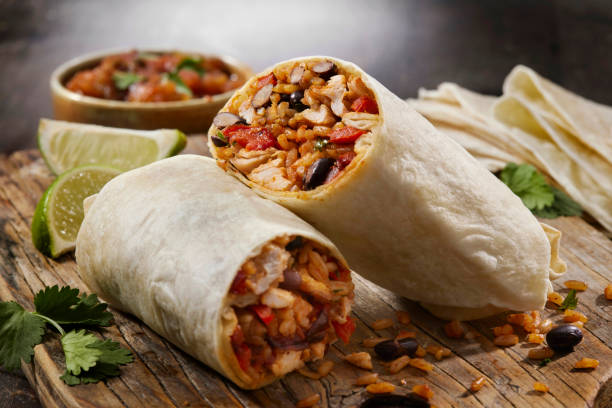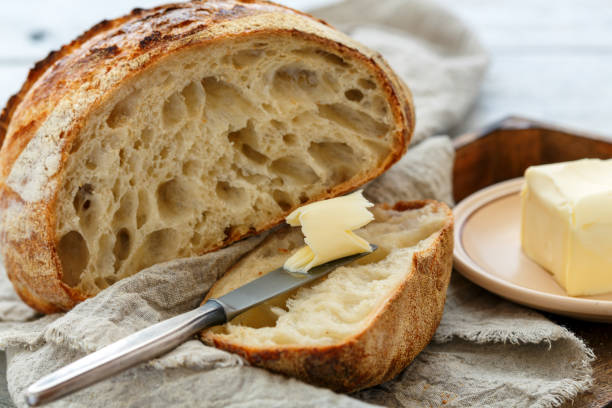
Celebrating National Deep Dish Pizza Day: A Deep Dive into Chicago's Iconic Culinary CreationNational
Deep Dish Pizza Day, observed annually on April 5th, stands as a
delicious tribute to one of America's most distinctive culinary
innovations—the Chicago-style deep dish pizza....





